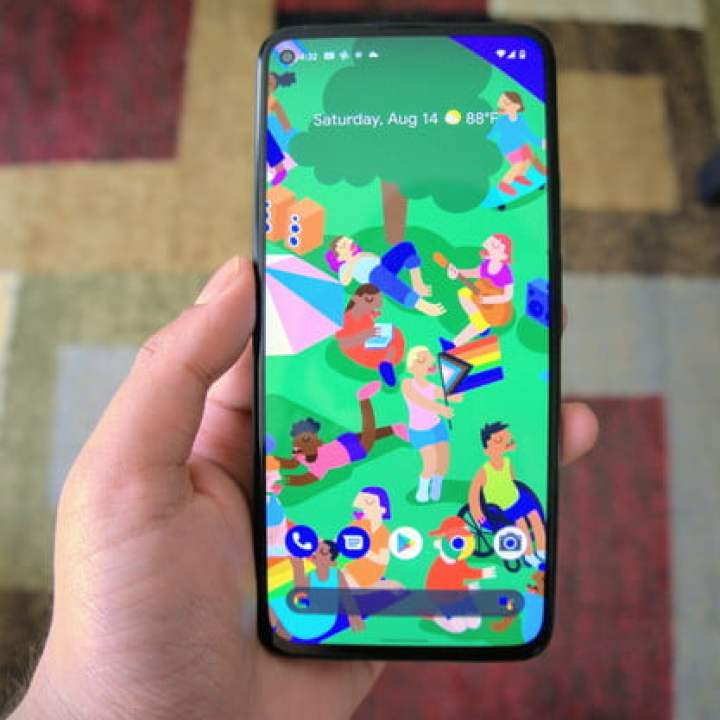Google has finally joined Apple and Samsung in allowing you to repair your smartphone by yourself. This marks another win for right-to-repair campaigners who have been pushing for smartphone companies to make phones easier to repair without needing to go directly to the company. The program will go live in counties where Pixels are sold later this year through a partnership with iFixit. Unlike Apple and Samsung though, Google says it’ll make this available to phones as old as the Pixel 2 all the way through the Pixel 6 Pro.
“Starting later this year, genuine Pixel spare parts will be available for purchase at ifixit.com for Pixel 2 through Pixel 6 Pro, as well as future Pixel models, in the U.S., U.K., Canada, Australia, and EU countries where Pixel is available,” Google’s Ana Corrales, Chief Operating Officer, Consumer Hardware, said in a blog post. “The full range of spare parts for common Pixel phone repairs — things like batteries, replacement displays, cameras, and more — will be available either individually or in iFixit Fix Kits, which include tools like screwdriver bits and spudgers.”
“If we’re going to build a sustainable electronics industry, consumers must have options to repair products themselves. Google is making repair more affordable and accessible, even in places without repair shops. We are committed to enabling repairs at a place and time of your choosing,” iFixit CEO Kyle Wiens said.

As smartphones matured and advanced, most phones grew into now the typical glass and metal sandwich form factor. While elegant to look at and hold, they are often prone to damage due to being made mostly of glass. In fact, a cracked screen is one of the reasons people often replace their phones, next to batteries with dwindling capacities, or even faulty cameras. Although there are services like Applecare that would allow having your phone repaired for a fee, right-to-repair campaigners have been pushing for manufacturers to make it easier for them to take apart and repair phones themselves.
Not only does it make it cheaper to repair a phone yourself if you have the know-how, but it also keeps phones in circulation and out of landfills that much longer. You no longer have to bin that Pixel 2XL with the poor battery and shattered screen. You’re now able to buy a new battery and screen, take it apart, and do whatever you want with it. Reusing is better than recycling, and these right-to-repair campaigns will help in raising reuse rates.
Other than the new repair program, Google also reiterated its five-year security update promise for the Pixel 6 and newer, as well as stressing that all Google hardware would be made of recycled materials to some degree going forward.
Editors' Recommendations
- 5 phones you should buy instead of the Samsung Galaxy S24 Plus
- The Google Pixel 8a price just leaked. Here’s how much it’ll cost
- 5 smartwatches you should buy instead of the Google Pixel Watch 2
- The first Google Pixel 9 Pro hands-on photos are here
- Why you need to be excited about the Google Pixel 8a
